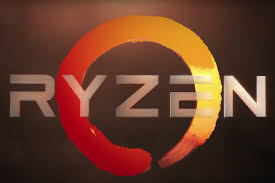The Multi PHP INI Editor feature allows you to configure your PHP settings.
Php.ini is a configuration file that, through some directives, allows you to manage important variables for the functioning of applications written in PHP. Through this file it is possible to edit some configuration parameters, such as the file loading size and the resource limits.

The MultiPHP INI Editor
The Editor menu displays a list of available domain document roots, or you may choose the hosting accounts "Home Directory".
Select the location that you want to configure from the menu.
If you want to apply changes to any site under this cPanel user, edit the "home" directory. If you’re going to apply changes only to a specific domain name, edit the document root instead.
The PHP directives will show after selecting.
Basic Mode
The Basic Mode section of this interface loads directive values from the php.ini file for your selected domain or home directory. Make your changes to the desired directives and click Apply. The system saves changes to the php.ini file, the user.ini file, and your .htaccess file.
If using the DSO PHP handler and you change your PHP version to a different major PHP version, the system will not read your configuration changes. cPanel does not support the DSO PHP handler with PHP 8.0 and higher
For example, if you change your PHP version from PHP 5 to PHP 7, the system will not read your configuration changes.
To correct this issue, you must edit and save your PHP configuration again in the interface.
The system will then load the .htaccess directives correctly.
For security purposes, we strongly recommend that you use the cPanel-provided default values.
The availability of directives depends on your version of PHP. If a directive does not appear in your interface, your version of PHP does not support it.
The system only writes a directive to an .ini or .htaccess file if that file supports the directive. Your php.ini, .user.ini, and .htaccess files may not be identical. For more information about which files support which directives, read PHP’s documentation.
Editor Mode
Select the location that you wish to configure from the menu. You can edit either the user account’s home directory or the domain’s document root. If you want changes made to reflect on any website under the cPanel user, edit the home directory. If you want changes to only apply to a specific domain, edit the domain’s document root instead. The PHP directives will appear after selecting.
Use extreme caution when you make changes in this interface. Errors could result in non-functional PHP scripts. Only advanced users should use this interface.
We restrict the following words and you cannot use them as directives: null, yes, no, true, false, on, off, and none. Directives also cannot contain any the following special characters: ?{}|&~






























